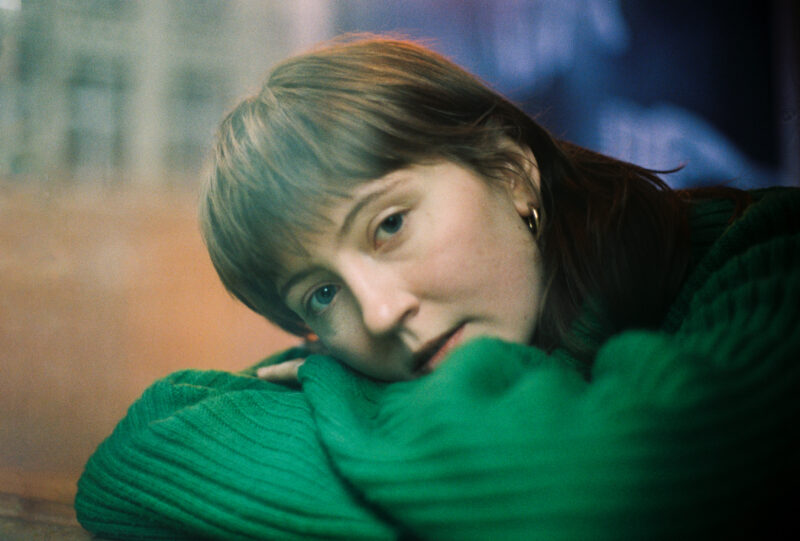“I always had an affinity for spiders, snails and stuff as a child, as I think many children do. You have this kind of fascination with animals that you can collect and look at and show to people. I used to collect snails on my balcony, and bring spiders to my mother and stuff, which she wasn’t very happy about [laughs]”. It’s not the first time that Tara Nome Doyle has presided over a collection of creepy-crawlies. But the German-Irish-Norwegian singer-songwriter’s new album, Værmin brings together a lot more than just creatures that scuttle about in the dark. The record, her second, which arrived on January 28, puts on a high-wire acrobatic performance of balancing tension and intensity, adds a Shakespearian sense of drama (more on that later) and channels it all into sweeping orchestral pop music. So we caught up with her in Berlin to share a few words about it.
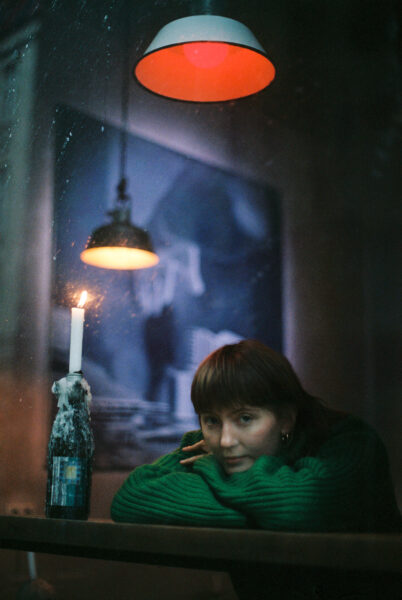 The last few years have been a bit disjointed for most of us, for obvious reasons, but Nome Doyle kept busy during the pandemic era. Her debut album, Alchemy, came out in January 2020, and over the past 12 months she’s released a collaborative EP with Italian composer Federico Albanese, put together a commissioned performance for the 2021 edition of Pop-Kultur festival and written co-written and performed a song (You Dream/ Du Träumst) with Isobel Waller-Bridge for the soundtrack of the film Munich: The Edge Of War. And in the background of all that public activity, she’s been beavering away on Værmin. She began work on the album (the title of which, in Norwegian, means ‘Vermin’, but also, in a little pun , Vær min – ‘Be mine’) just as Alchemy was being released. In the middle of a German tour that had to be paused when the pandemic hit, she ended up back at home and got to work finishing the songs, and then went into the studio with producer Simon Goff. Two songs, Leeches I and Leeches II, came first, and provided a framework for the concept album, both for its tragic lovers storyline and its vermin motif (all of the songs, apart from the title track, are named after a different animal). “That concept wasn’t there from the very beginning”, she says, ”but it was basically the inspiration for the album. Because I wrote ‘Leeches I’ and ‘Leeches II’, and that was a starting point of this idea, of having these two voices telling this love story. And because the songs were called ‘Leeches I’ and ‘II’, the idea came to make all the songs have this symbolism, with all these creepy-crawlies”.
The last few years have been a bit disjointed for most of us, for obvious reasons, but Nome Doyle kept busy during the pandemic era. Her debut album, Alchemy, came out in January 2020, and over the past 12 months she’s released a collaborative EP with Italian composer Federico Albanese, put together a commissioned performance for the 2021 edition of Pop-Kultur festival and written co-written and performed a song (You Dream/ Du Träumst) with Isobel Waller-Bridge for the soundtrack of the film Munich: The Edge Of War. And in the background of all that public activity, she’s been beavering away on Værmin. She began work on the album (the title of which, in Norwegian, means ‘Vermin’, but also, in a little pun , Vær min – ‘Be mine’) just as Alchemy was being released. In the middle of a German tour that had to be paused when the pandemic hit, she ended up back at home and got to work finishing the songs, and then went into the studio with producer Simon Goff. Two songs, Leeches I and Leeches II, came first, and provided a framework for the concept album, both for its tragic lovers storyline and its vermin motif (all of the songs, apart from the title track, are named after a different animal). “That concept wasn’t there from the very beginning”, she says, ”but it was basically the inspiration for the album. Because I wrote ‘Leeches I’ and ‘Leeches II’, and that was a starting point of this idea, of having these two voices telling this love story. And because the songs were called ‘Leeches I’ and ‘II’, the idea came to make all the songs have this symbolism, with all these creepy-crawlies”.
Sonically, she was determined to push her sound forward from that of her first album: “[Alchemy] was the first time I had worked with a band. It was kind of thrown together in a way, and we recorded everything in one week in the studio, and I recorded the vocals afterwards. To me, it has more of an indie-rock feeling. I think it was super valuable for me to have that experience, because I had never played my own music in a band context, but in general, my preference is more for that cinematic, wide, abstract sound. Listening back to the first record, I could pick out the aspects that I liked, and the parts that fit what I think I’m trying to do. And also just listening to some of my favourite artists, and realising that none of them have that [indie-rock] sound, it’s more epic. I’m just a sucker for epic-ness [laughs], which usually means a bigger sound. So that was one of the main reasons I wanted to find someone who could help me make that sound, and that’s how I found Simon in the end. I wanted to have this dynamic, where the piano and the vocals were very central, but also to have these very wide spaces around everything, these soundscapes, which I think Simon is very good at creating”.
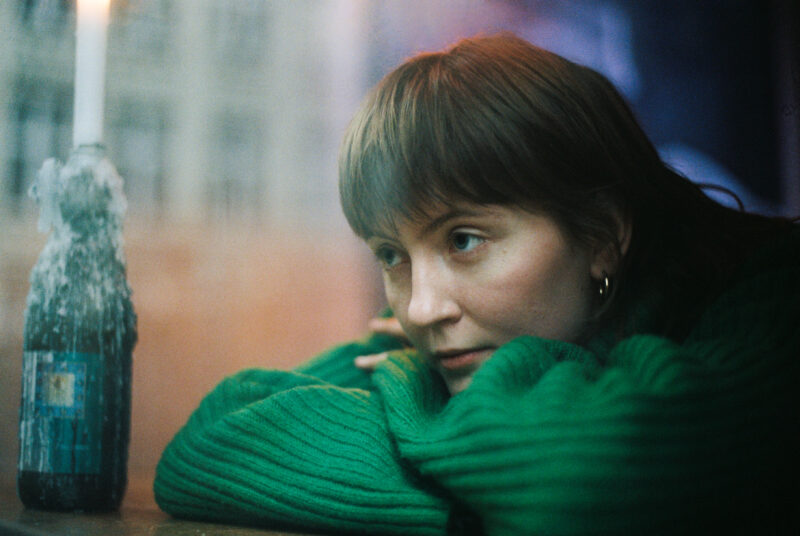
A new vocal tool
And a bigger sound is certainly something she achieved. Værmin sounds like a grand operatic drama, played out while a storm in heaven burns away in the background. There’s a careful interplay of sound, with some songs commanding and dark like Vermin, whereas others like Crow and Mosquito are crystalline and fragile. From front to back, it feels like a trip to the theatre, a journey where the emotions prick and sting through every song. A key part of that sound is a new addition to her vocal repertoire, her ‘chest voice’, deeper and stronger and thundering through Caterpillar and Leeches II. The latter of those proved to be the breakthrough when using that voice to write.
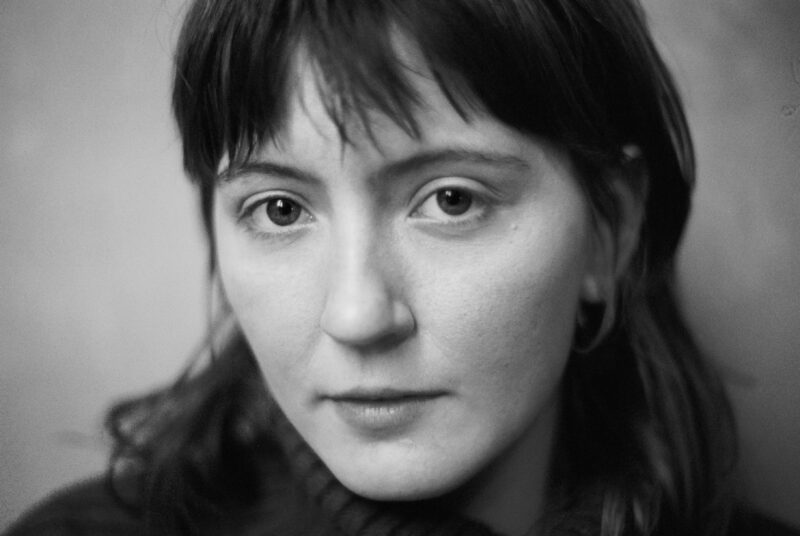
“I learned that I had a chest voice when I was 19 I think”, says Tara ”when I had singing lessons at a place very close to here actually, Musikschule Friedrichshain-Kreuzberg. They were kind of surprised by the fact that I didn’t use my chest voice, and I was surprised by the fact that I even had one, I had only sung with my head voice before. So the teacher put the focus on developing that chest voice. In the beginning I really didn’t like it, I just thought, ‘ok, I’ll do this as it’s part of the deal, but I don’t think it will ever be a part of my music’. But as time went by, I became more and more used to it, and I gained more control over it, and I thought I would try to write songs with it, and that would maybe help me feel more connected to this voice. I think Leeches II was the first song I ever wrote with that chest voice, and I thought ‘oh, just the fact that the voice sounds so different, and I feel different singing it, leads me down a different musical path’. Most of my head voice songs, I couldn’t sing them with the chest voice, it just wouldn’t make sense for the music. And Leeches II being the song that initiated this chest voice in the songwriting, it led me to the idea of using this voice, that sounds and feels so different, in creating the story of these two personalities.”
“I’m actually still training my voice, so the goal in the end is for them not to sound so different from each other, and rather for it to be one big vocal range. So the fact that you can hear such a big difference is a sign of it being untrained.”
“So I felt that recording this album, where them being so different has a purpose with the concept, I could only do now. Because in a couple of years, maybe, hopefully [laughs], my voice will be more trained, and I couldn’t do it this naturally anymore. So now it’s documented on this album as a moment in time”.


Værmin was written as a grand narrative, a concept album of a romance and the twists and turns of that relationship. In Nome Doyle’s head the story was a way to make an album meaningful, with each song a snapshot taken from a wider storyline. “I have felt that if I am going to put out a record, in a world where singles are more the game right now, there needs to be some reason for it, for why these songs were all put together”, she says. “For me, having a concept was just a logical conclusion to that. To try to tell an overarching story as well as individual stories. So it’s very helpful to keep in mind that overarching story, and to say ‘ok, with this song, if I want it to be this kind of hopeless over-romanticised relationship, I have Romeo and Juliet [the inspiration behind Crow]’, and I can go into that, and take certain inspirations from it. And when writing about animals, I can see that Shakespeare has a lot of references to birds in the play, and work from there. That whole process is very fun for me, because it’s a mixture of creativity and logic, because you’re almost puzzling something together. But other songs on the record are a lot more intuitive. With some of them I looked back, and realised how it could fit into the storyline, but some of them are just in-the-moment inspiration. But with all of them, I try to have a core emotion for myself, where the main inspiration comes from”.
The appeal of schrecklich schön
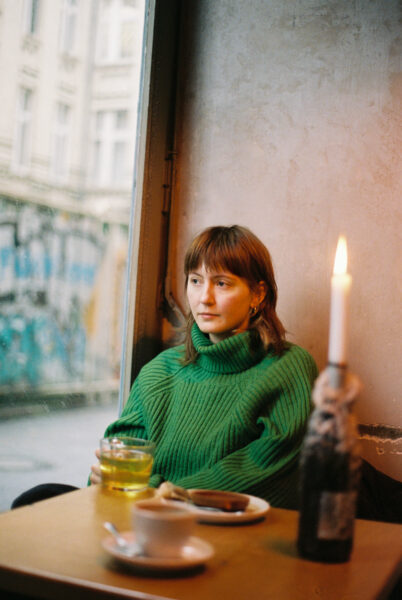
Part of the puzzle for her was what the vermin motif added to the songs. Lyrically, it helps her ride a little bit on the audience’s nerves, for the songs to catch the attention a little bit more. But it also helped her capture the two-sidedness of her story: “In German there’s this expression, ‘schrecklich schön’, and I think this dynamic I find fascinating, and it was very fitting for this album in general. Especially when you get an unexpected combination of words, or phrases, I think it just hits you in a different way. I like playing with phrases in that way, for example in Moth, there’s the line ‘there’s a method to my madness, I bottle up and sell my sadness, there’s a madness to your methods, you idolise and buy my efforts’. Using those sayings to startle the ear of the listener a bit […] I think something I also liked about these animals, was that because people come in contact with them a lot as children, I think there’s a very gut reaction to them for a lot of people. Mostly negative, but maybe when people are children they have a more positive reaction, but they’ve learned to fear them.”
“I think people have an immediate reaction emotionally, and that is helpful as well I think, it makes people interested in what the music could possibly be about. You have these animals, and you can say it’s about viewing them in a different light. But the main purpose they are serving for me, lyrically, is that they’re representations of the parts of ourselves that we should accept more, and integrate into who we are. Otherwise our personal ecosystem will collapse! It’s kind of like writing a fable in a way, and because the animals are easy to understand, it’s a good way to explain feelings or a certain dynamic, while having a clear image for them”.
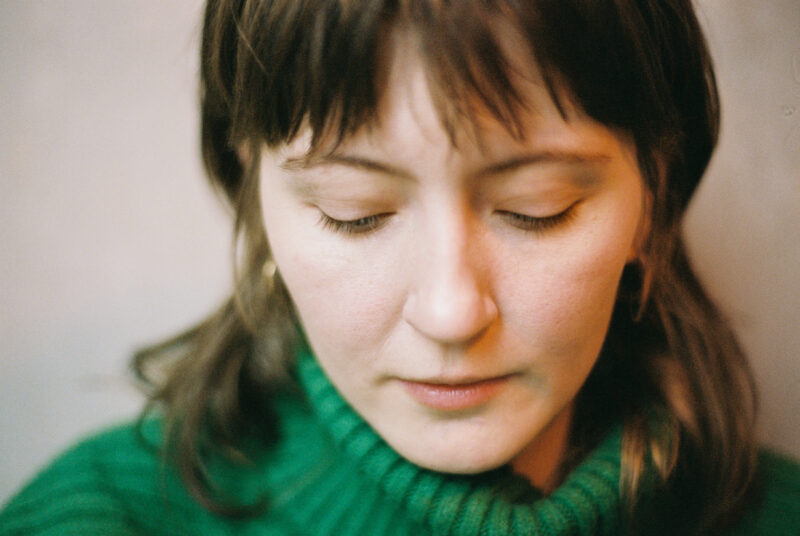
The album concludes with Værmin, a gentle Norwegian lullaby where the storms of the preceding album seem to calm, and some light breaks through the clouds. “Uro, vær min venn” (Unrest, be my friend) sings Nome Doyle, in a silvery voice, and it feels like after a series of songs about conflict and doubt, there’s a sense of peace being made. “First I had considered just telling the love story”, she says, ”and that being the album, but it felt a bit open-ended to me, and bit unsatisfactory, especially as it’s not a positive ending. So the animal songs tell the story, then the last two songs are Vermin and Værmin, and I wanted them to be a conclusion but also a lookout for where to go at the end.”
“So Vermin is a summary, conclusion of the ending, but with ‘Værmin’, I wanted to sing from a perspective of being in this acceptance stage. I think it’s a mix of acceptance and curiosity, which I also associate a lot with these small animals. An open-mindedness, not immediately marking something as bad just because it’s uncomfortable.”
“[Musically], I think the image I had in my mind for that song is someone going out to sea. And the note that you hear at the start, I tried writing it like the huge foghorns ships have. And the drums are like a rowing drum on a ship. So I had this image of a big ship at sea, floating along. Very serene, but also with a dark atmosphere around it.”
Serenity and darkness are both plentiful on Værmin, and as an exercise in treating those two imposters just the same, hooked to music that both thrills and stills the soul, it’s a spectacular success.
All Photos by Liv Toerkell for NBHAP
Værmin is out now.
